
Detail from Theyyam, a traditional Hindu ritual, in North Kerala, India. Photo by Ajith U. Creative Commons.
India is rich with a diversity of religions, arts, customs, races, traditions, and languages. While the government of India recognizes twenty-two official languages, there are over 880 languages spoken in the country. Until recently, the tribal literature created in non-mainstream languages has not been very recognized or available for an Indian or global audience. One of the primary reasons for this is that tribal discourse, including folktales and songs, is mainly oral in nature. In addition, the communities who produce it tend to be far from developed metropolitan cities, and so their creative works have been largely overlooked.
However, the Indian government and prominent personalities, including social activists and politicians, have stepped forward to encourage the conservation and translation of these unheard voices and to share their literary gems with the world. Sahitya Akademi, India’s National Academy of Letters, has developed the Project of Indian Literature in Tribal Languages and Oral Traditions to preserve and educate people about this literature. And the author G. N. Devy has been influential in translating various indigenous languages into English and Hindi. When asked why tribal literature has been less visible than that of other Indian languages, Devy says, “After print technology started impacting Indian languages during the nineteenth century, the fate of the oral became precarious. A gross cultural neglect had to be faced by the languages which remained outside print technology.”
Here are a few books based on tribal literature that will transport you and enable you to appreciate the array of cultural diversity that this literature offers.
1. Mizo Songs and Folk Tales, edited by Laltluangliana Khiangte
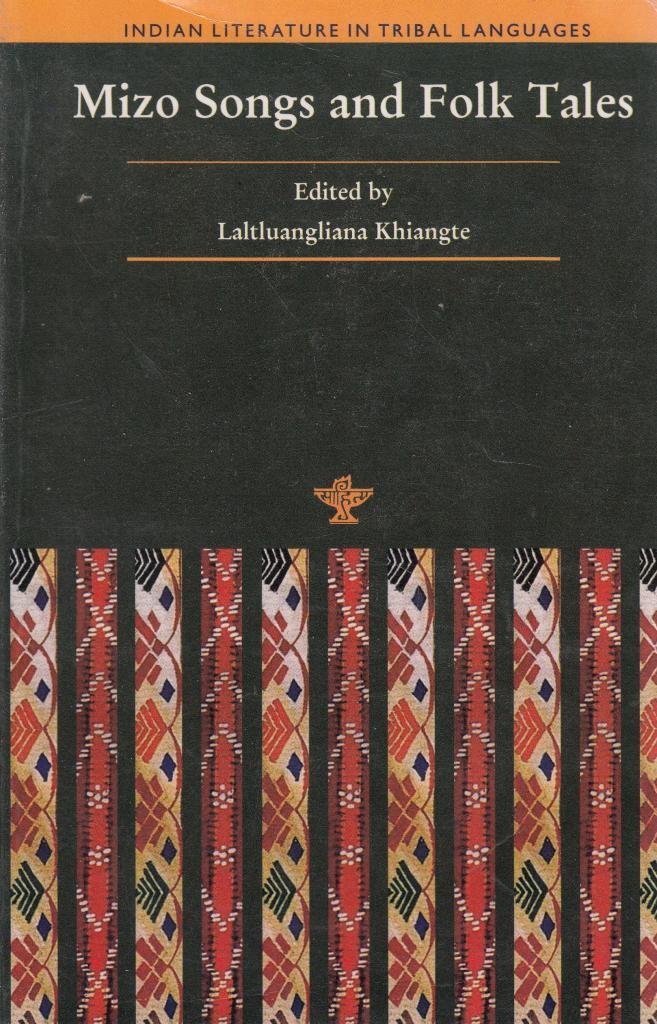
Mizo folk literature comes from the Northeastern state of India called Mizoram. The Mizos are well known as “the singing tribe.” This compilation includes folk narratives, songs, proverbs, rituals, riddles, tales, and war cries. A unique and interesting feature of Mizo literature is that the primary source of the songs, poems, and tales can often be traced. For instance, the first known composer of these songs was named Hmuaki. Hmuaki was not only the oldest known composer, but she was also a woman, a significant fact given that she lived in ancient times. Listen to a Mizo folk song.
2. Painted Words: An Anthology of Tribal Literature, edited by G. N. Devy
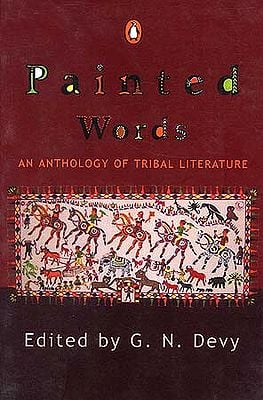
Collected and compiled by one of India’s most famous literary critics, G. N. Devy, this is a rich collection of writing in a variety of genres by the large population of indigenous people from India known as Adivasis. This anthology includes poignant songs, oral histories, legends, and tribal versions of the Mahabharatha and Ramayana (two famous Indian epics). The book also conveys the routine exploitation of tribal citizens, and takes you through an emotional journey that highlights the plight of these people, whose stories speak to the soul.
3. Black Lilies: Telugu Dalit Poetry in English Translation, edited by K. Purushotham
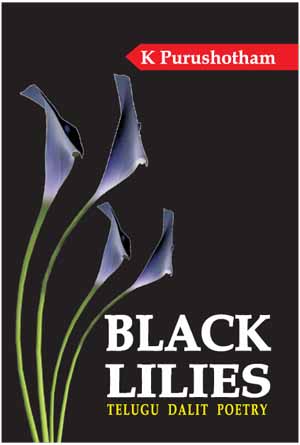
Telugu Dalit poetry originates from South India where cultural traditions are very different from the North. Telugu Dalit literature is serious in nature as it is based on subjects such as untouchability, poverty, discrimination, and so on. It encompasses the situations experienced by the Dalits as the victims of the imperious caste system in India.
4. Kocharethi: The Araya Woman by Narayan, translated by Catherine Thankamma
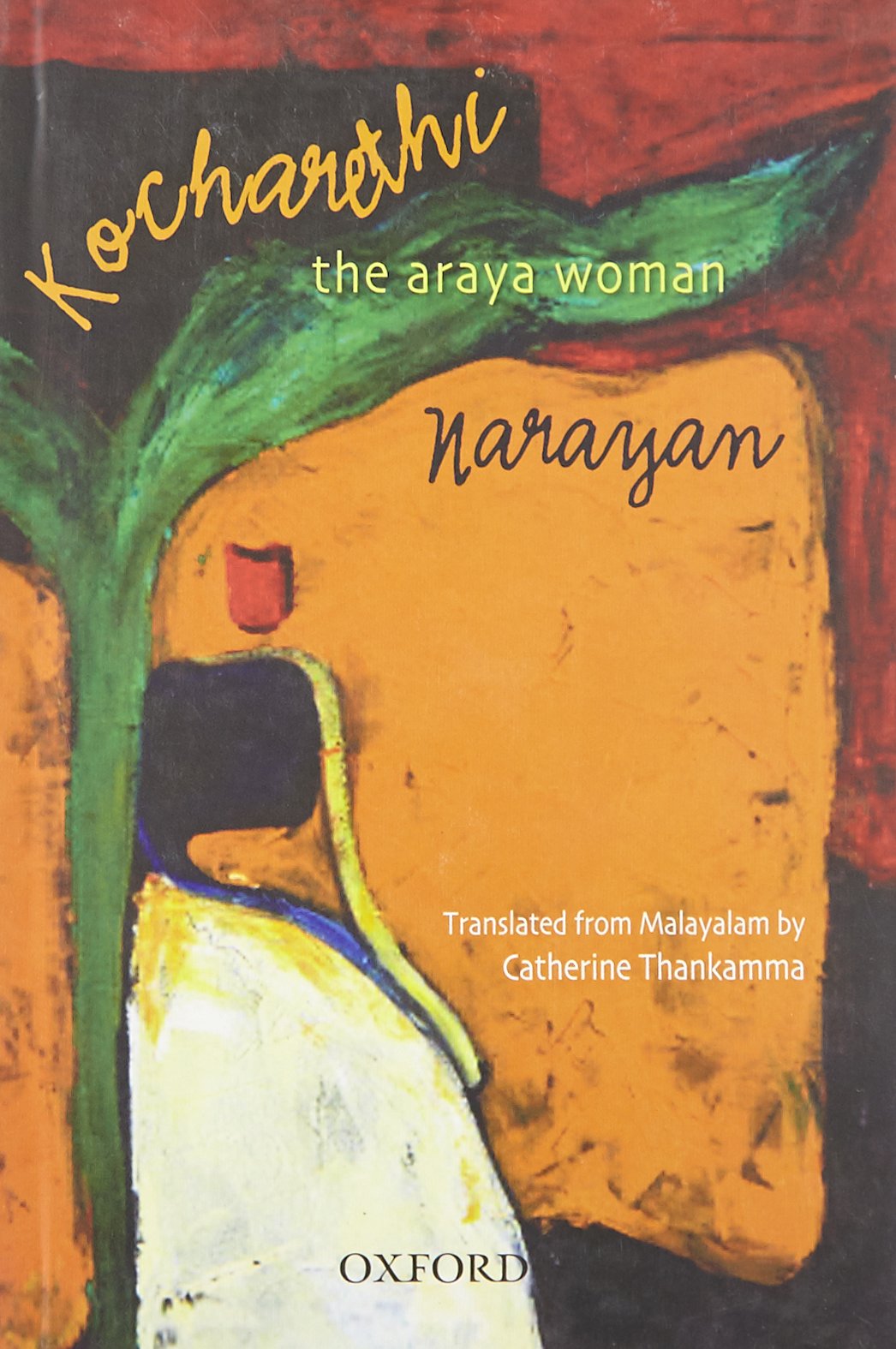
This is the first novel by Narayan, the first tribal novelist from South India. The story, based on the Malayarayar tribe in Kerala, follows an Adivasi couple through the different phases in their lives and records a vivid account of their daily traditions, which allows the reader to learn about and experience the tribe’s cultural traditions.
5. Khasi Folk Songs and Tales, documented and translated by Desmond L. Kharmawphlang
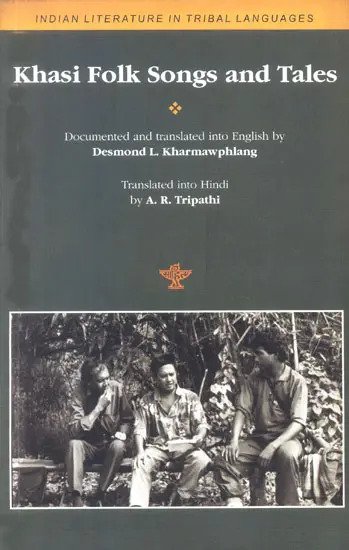
“Khasi” refers to all the tribes and subtribes of the Khasi and Jaintia hills, located in the Northeastern state of Meghalaya. The Khasi language was purely oral until the arrival of the members of the Welsh Methodist Mission, who began to write the language in Roman script. These unique folktales and songs were compiled based on various themes. Listen to a Khasi folk song.
These five books provide insight into a completely different world. They offer a fresh perspective to global audiences and reflect the importance of conserving rare literature through translation. Though our languages are different, the intensity of our emotions is the same. Literature allows us to recognize this. It speaks to our souls and imprints in our hearts, and it has the power to dissolve the borders that divide us.










